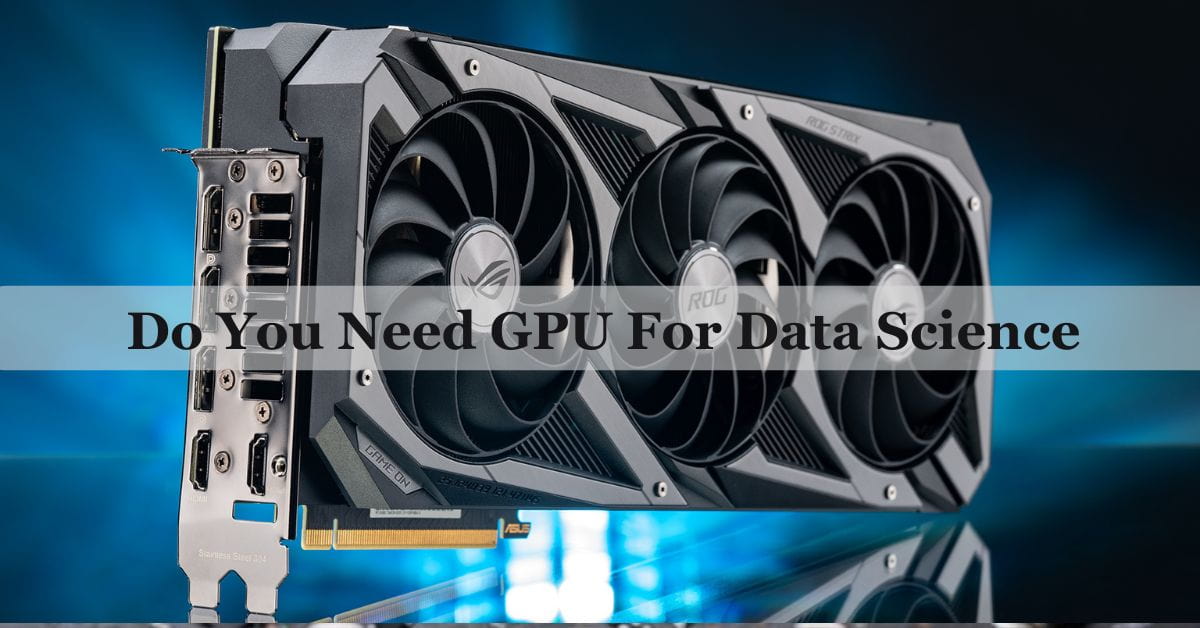When I first started data science, I didn’t think I needed a GPU and relied solely on my CPU. However, as my projects grew in complexity and size, I quickly realized that a GPU sped up model training significantly. Now, having a GPU has made my workflow much more efficient, especially when dealing with deep learning tasks.
You don’t always need a GPU for data science. For basic tasks like data analysis or small machine learning models, a CPU is enough. However, if you’re working with large datasets or training deep learning models, a GPU can speed up the process and make your work more efficient.
In this article, we’ll discuss “do you need gpu for data science”
What Is A GPU?
A Graphics Processing Unit (GPU) is a specialized processor designed to handle parallel computations. Initially created to render images and videos, GPUs have evolved to become essential tools for many computational tasks beyond graphics, including machine learning, deep learning, and scientific computing.
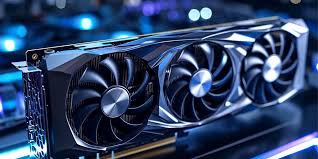
Unlike a CPU (Central Processing Unit), which excels at sequential tasks, a GPU can process many operations simultaneously. This makes it ideal for tasks involving large matrices, such as:
- Neural network training
- Image processing
- High-performance computing (HPC)
Also Read: Red Light On GPU When Pc Is Off – Don’t Panic, Check This Now
Why Does A GPU Help In Data Science?
1. Faster Machine Learning Model Training:
Training machine learning models can take a long time, especially for deep learning models. GPUs can do this much faster than CPUs.
- Example: Training an image recognition model on a CPU can take hours or days. A GPU can do it in a much shorter time.
- Benefit: Faster training helps data scientists try more models and get better results faster.
2. Better for Deep Learning:
Deep learning models, like those used in language processing or image recognition, work well with GPUs. Many popular tools like TensorFlow and PyTorch are built to work with GPUs.
- Useful for: Neural networks, image analysis, and text analysis.
3. Speeds Up Data Processing:
Data science often involves handling large datasets. GPUs can process this data faster because they can do many operations at once.
- Example: Performing operations on large matrices is much quicker on a GPU.
- Benefit: Faster data processing saves time and improves productivity.
When Do You Not Need A GPU For Data Science?
While GPUs offer significant advantages, they are not always necessary. Here are some scenarios where a CPU is sufficient:
- Small Datasets: If you’re working with small datasets that fit comfortably in memory, a CPU can handle the computations efficiently.
- Basic Machine Learning Models: Simple models like linear regression, logistic regression, and decision trees do not require heavy computations, so a GPU offers minimal benefit.
- Exploratory Data Analysis (EDA): Most EDA tasks, such as data visualization and summary statistics, rely on the CPU. Since these tasks aren’t computation-intensive, a GPU won’t provide a noticeable improvement.
- Limited Budget: High-performance GPUs can be expensive. If you’re just starting in data science or have a limited budget, investing in a good CPU and enough RAM may be more practical.
How Does A GPU Help In Data Science?
1. Accelerates Machine Learning Model Training:
A GPU speeds up the training of machine learning models by processing many tasks at once. This reduces the time it takes to train models, especially on large datasets. With faster training, data scientists can experiment more and improve results quicker.
2. Boosts Deep Learning Performance:
Deep learning models, like neural networks, require intense computation. GPUs are built for this type of work, speeding up training times significantly. This allows data scientists to handle complex tasks like image and language processing efficiently.
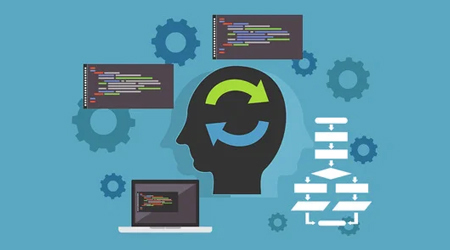
3. Enhances Parallel Processing:
GPUs excel at parallel processing, handling multiple calculations simultaneously. This is helpful for large datasets and complex operations. It makes data analysis and model training much faster and more efficient than using a CPU alone.
How To Know If You Need A GPU For Data Science?
Here are some questions to help you decide whether you need a GPU for data science:
- Are you working with large datasets? If your datasets are massive and take a long time to process, a GPU can speed things up.
- Do you train deep learning models frequently? If deep learning is a significant part of your workflow, a GPU is highly recommended.
- Is computation time limiting your productivity? If you find yourself waiting hours or days for computations to complete, a GPU can help reduce those times drastically.
- Do you use GPU-optimized frameworks? If you frequently use frameworks like TensorFlow or PyTorch, a GPU will help you get the most out of them.
Also Read: CUDA Setup Failed Despite GPU Being Available – Complete Guide 2024!
Popular GPUs For Data Science:
If you decide that a GPU is necessary for your data science work, here are some popular options:
1. NVIDIA RTX 3090:
- High-end GPU with excellent performance for deep learning.
- Supports CUDA and Tensor cores for accelerated machine learning tasks.
2. NVIDIA RTX 4080:
- Great balance of performance and cost for advanced data science projects.
- Suitable for training complex models and large datasets.
3. NVIDIA Tesla A100:
- Designed specifically for AI and data science workloads.
- Ideal for enterprise-level projects requiring massive parallel processing power.
4. NVIDIA GTX 1660 Super:
- A budget-friendly option for beginners.
- Supports essential frameworks like TensorFlow and PyTorch with CUDA compatibility.
Frameworks That Benefit From GPUs:
Several popular data science and machine learning frameworks are optimized for GPU usage:
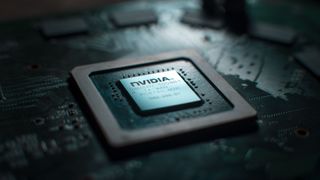
- TensorFlow: TensorFlow supports GPU acceleration with its CUDA and cuDNN backend. This dramatically speeds up deep learning model training.
- PyTorch: PyTorch provides seamless GPU integration, making it easy to switch between CPU and GPU computations.
- Keras: Keras, often used with TensorFlow as a backend, benefits from GPU acceleration when training deep learning models.
- Rapids.AI: Rapids is a suite of open-source libraries that leverage GPUs for data processing, machine learning, and visualization. It’s particularly useful for large-scale data analysis tasks.
Do You Need GPU For Data Science?
Whether you need a GPU for data science depends on the tasks you’re working on. For basic tasks like data cleaning, visualization, or simple machine learning models, a CPU (Central Processing Unit) is usually enough.
However, if you’re dealing with large datasets or deep learning models, a GPU (Graphics Processing Unit) can be very helpful. GPUs are designed to perform many calculations at once, making them much faster than CPUs for tasks that require heavy computations, like training complex neural networks.
In such cases, a GPU can save you a lot of time and improve productivity.
Also Read: PS5 GPU Equivalent – Find Your GPU Match Now!
Do Data Scientists Need A GPU?
Data scientists don’t always need a GPU, but it can be very helpful for certain tasks. A GPU (Graphics Processing Unit) is designed to handle many tasks at once, making it great for complex jobs like training deep learning models or working with large datasets.
If your work involves simple data analysis or small machine learning models, a CPU (Central Processing Unit) is enough.
However, if you’re working on tasks that require heavy computations, like deep learning, a GPU can speed up the process and make your work more efficient. It’s a good investment if you’re handling big data or training advanced models regularly.
Does A Data Analyst Require GPU?
No, a data analyst usually does not require a GPU. Data analysis tasks, like creating reports, visualizing data, or calculating basic statistics, do not involve heavy computations. These tasks can be easily handled by a CPU.
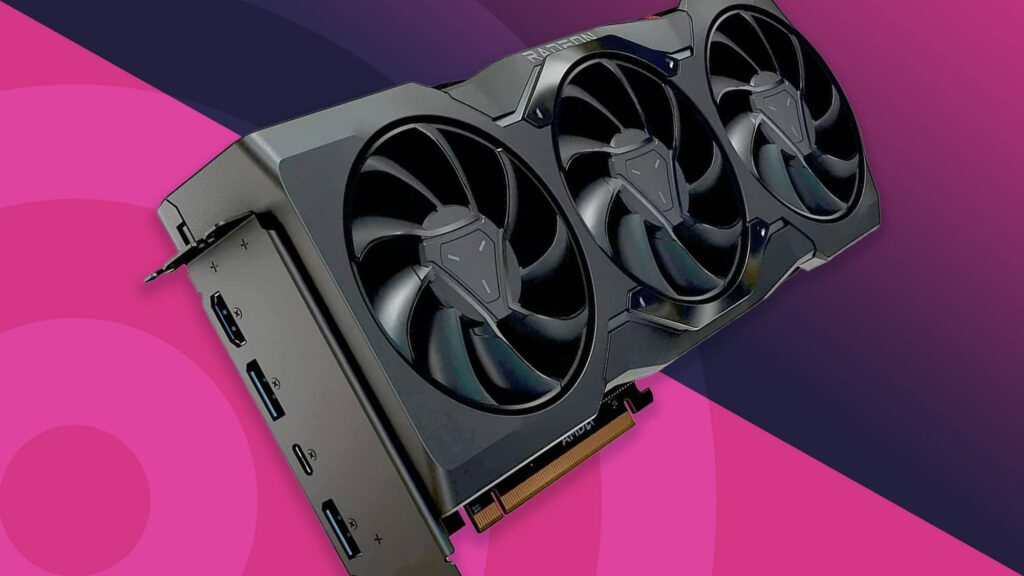
Since GPUs are designed for parallel processing and high-performance tasks, they are more useful for data scientists working on machine learning, deep learning, or large datasets. For data analysts, investing in a powerful CPU and sufficient RAM is generally more practical.
Is CPU Or GPU More Important For Data Science?
In data science, both CPU and GPU are important, but their roles differ. A CPU (Central Processing Unit) is great for general tasks like data cleaning, basic analysis, and running simple models.
However, for more complex tasks such as deep learning or working with large datasets, a GPU (Graphics Processing Unit) is more important. GPUs can handle many calculations at once, speeding up model training and data processing significantly.
So, for simple tasks, a CPU is enough, but for heavy computations, a GPU is essential.
What Is The Minimum GPU For Data Science?
The minimum GPU for data science depends on the tasks you plan to perform. For basic data science tasks, like data analysis and working with smaller datasets, a mid-range GPU like the NVIDIA GTX 1650 or NVIDIA GTX 1660 can be sufficient.
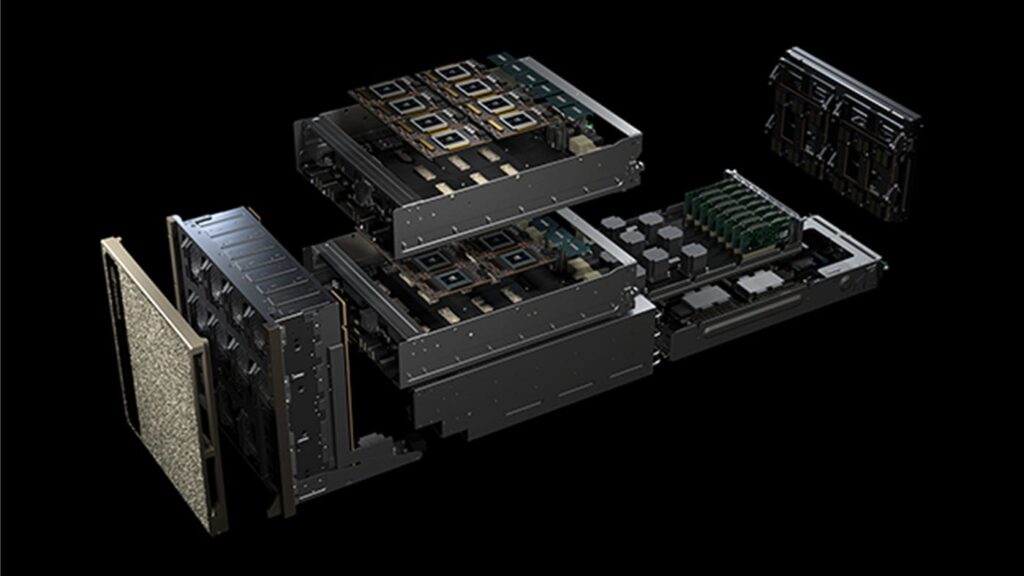
These GPUs support CUDA (for parallel computing) and are good for basic machine learning tasks. However, if you plan to work with deep learning models or large datasets, a more powerful GPU like the NVIDIA RTX 2060 or RTX 3060 is recommended.
These GPUs offer better performance for training more complex models and handling larger datasets.
Also Read: Is 60 Degrees Celsius Hot For A GPU – Keep Your GPU Cool!
FAQs:
1. Can You Start Data Science Without A GPU?
Yes, you can start data science with just a CPU. For tasks like data cleaning, visualization, and basic machine learning models, a CPU is sufficient.
2. Are Cloud GPUs A Good Alternative?
Yes, cloud platforms like Google Colab, AWS, and Azure offer GPUs on demand. This can be cost-effective if you only need a GPU occasionally.
3. How Much Ram Is Needed With A GPU?
Typically, 16GB to 32GB of RAM is recommended when working with a GPU to handle large datasets efficiently.
4. Do All Machine Learning Libraries Support GPUs?
No, not all libraries support GPUs. Libraries like TensorFlow, PyTorch, and Rapids are optimized for GPUs, while others may rely on CPU computations.
5. Is GPU Overclocking Helpful For Data Science?
Overclocking can increase GPU performance but also generates more heat. It’s only recommended if you have adequate cooling and understand the risks.
6. What Is The Lifespan Of A GPU Used For Data Science?
A GPU used for data science can last 3 to 5 years or more, depending on usage and cooling conditions.
Conclusion:
In conclusion, a GPU is not always necessary for data science. For simple tasks, a CPU is sufficient. However, if you’re dealing with large datasets or deep learning models, a GPU can speed up the process and boost productivity, making it a valuable tool for more complex tasks.
Related Posts:
- How To Use Less GPU Minecraft – Complete Guide 2024!
- How To Clear GPU Memory – Solve GPU Memory Problems!
- How To Create A List In Pytorch GPU – Complete Guide 2025!
- Only One Fan On My GPU Is Running – Clean Your GPU Fan!
- What Is A Good GPU Clock Speed MHz – Complete Guide 2025!

